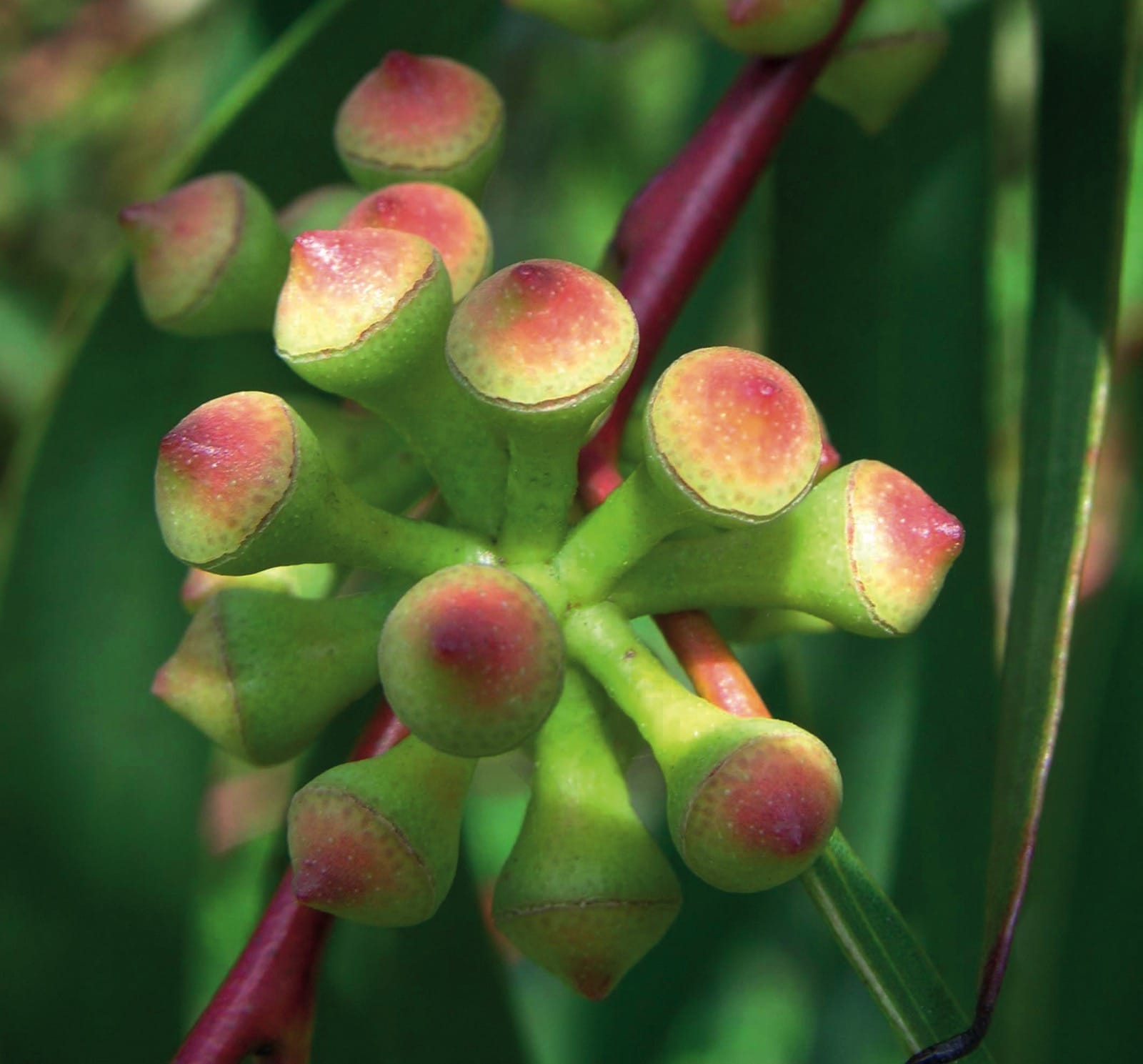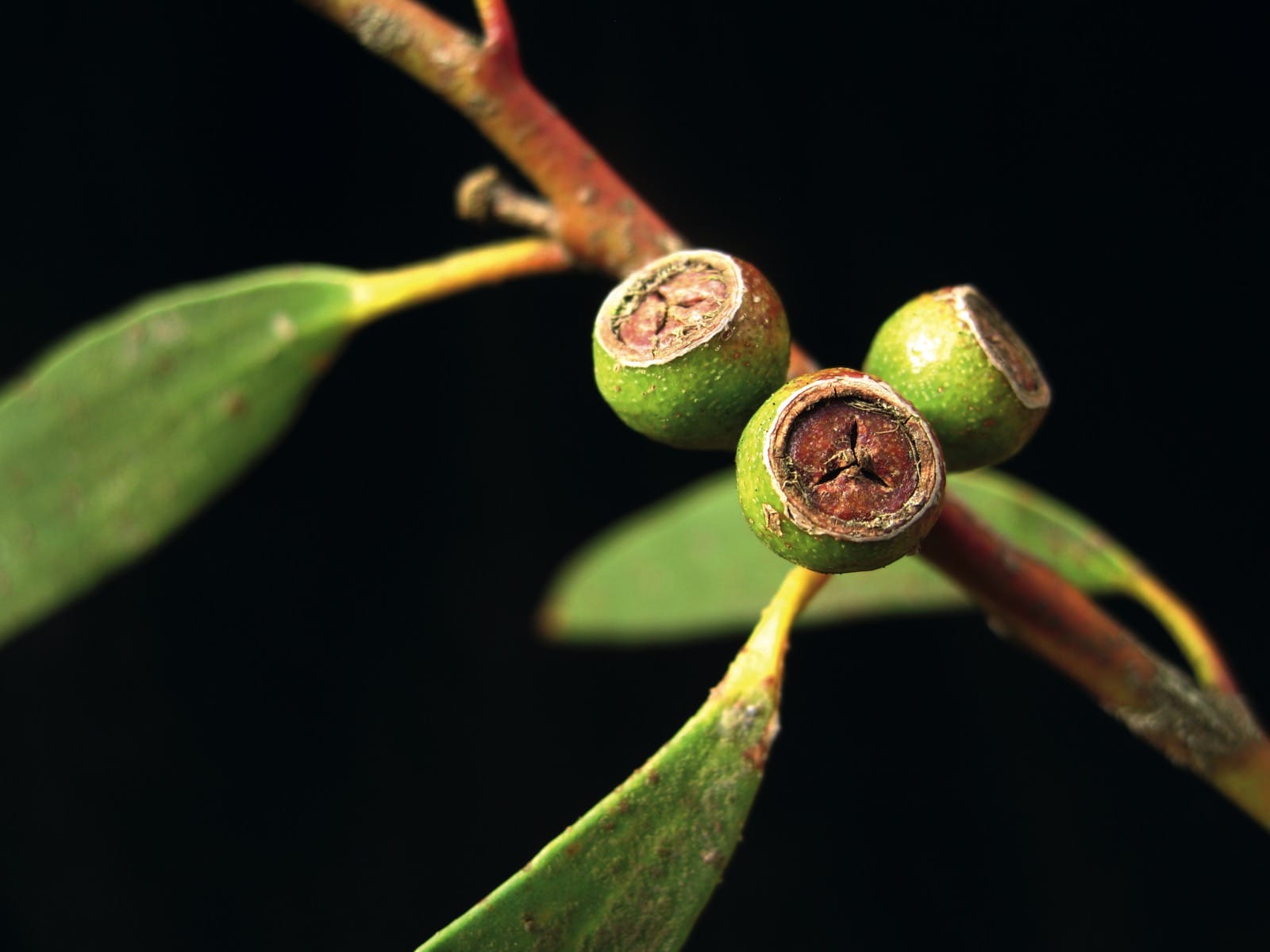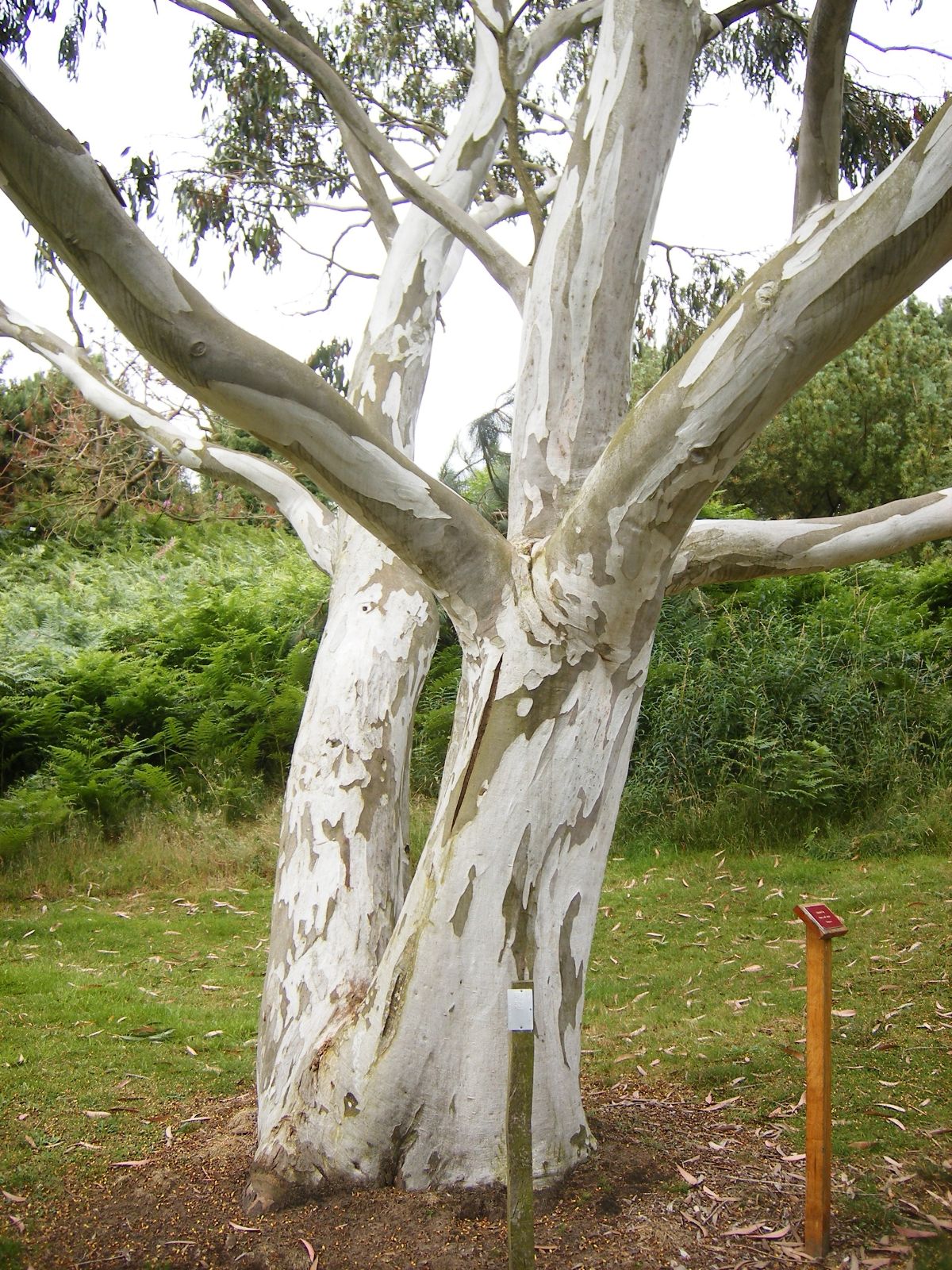Eucalyptus gregsoniana
Credits
Article from New Trees by John Grimshaw & Ross Bayton
Recommended citation
'Eucalyptus gregsoniana' from the website Trees and Shrubs Online (treesandshrubsonline.
Other taxa in genus
- Eucalyptus acaciiformis
- Eucalyptus albida
- Eucalyptus amygdalina
- Eucalyptus archeri
- Eucalyptus blakelyi
- Eucalyptus bridgesiana
- Eucalyptus brookeriana
- Eucalyptus camaldulensis
- Eucalyptus camphora
- Eucalyptus chapmaniana
- Eucalyptus cinerea
- Eucalyptus coccifera
- Eucalyptus cordata
- Eucalyptus crenulata
- Eucalyptus cypellocarpa
- Eucalyptus dalrympleana
- Eucalyptus delegatensis
- Eucalyptus elliptica
- Eucalyptus fastigata
- Eucalyptus fraxinoides
- Eucalyptus globulus
- Eucalyptus gunnii
- Eucalyptus johnstonii
- Eucalyptus kybeanensis
- Eucalyptus lacrimans
- Eucalyptus laophila
- Eucalyptus leucoxylon
- Eucalyptus macarthurii
- Eucalyptus macrorhyncha
- Eucalyptus mannifera
- Eucalyptus melliodora
- Eucalyptus mitchelliana
- Eucalyptus moorei
- Eucalyptus morrisbyi
- Eucalyptus neglecta
- Eucalyptus nicholii
- Eucalyptus nitens
- Eucalyptus nova-anglica
- Eucalyptus obliqua
- Eucalyptus oreades
- Eucalyptus ovata
- Eucalyptus parvula
- Eucalyptus pauciflora
- Eucalyptus praecox
- Eucalyptus radiata
- Eucalyptus regnans
- Eucalyptus remota
- Eucalyptus risdonii
- Eucalyptus rodwayi
- Eucalyptus rubida
- Eucalyptus saligna
- Eucalyptus sideroxylon
- Eucalyptus stellulata
- Eucalyptus subcrenulata
- Eucalyptus tenuiramis
- Eucalyptus urnigera
- Eucalyptus viminalis
Mallee to 5 m. Bark smooth and white or pale grey throughout; shedding as long ribbons. Branchlets greenish yellow to red. Juvenile leaves lanceolate and blue-green. Adult leaves thick and glossy, greyish green, 7–11 × 1.5–2.5 cm, lanceolate and/or falcate, lateral veins distinct, margins entire, apex acuminate; petiole thick, flattened or channelled, 0.8–1.2 cm long. Inflorescences solitary and axillary; umbellasters with 7–11 flowers. Flower buds club-shaped; hypanthium 0.4 cm wide; stamens white or cream. Capsule pear-shaped or conical, 0.6–0.8 cm diameter; valves three, included. Chippendale 1988. Distribution AUSTRALIA: New South Wales (southeast). Habitat Heathland vegetation on mountain peaks and tablelands. USDA Hardiness Zone 8. Conservation status Not evaluated. Illustration NT325, NT341.
Eucalyptus gregsoniana is well established in cultivation and freely available in commerce. Although a smallish mallee in the wild it can become much larger in cultivation, where the lignotuber is also produced. At Logan there are trees from 1989 that are now 8–9 m tall, and others from 1990–1991 that are 6–7 m. They tend to branch low down forming large heavy limbs, clad in attractive pale grey bark that peels in irregular patches. In older, unshed areas the bark is reddish brown. Young stems are yellowish to orange-red and bear falcate leaves of typical eucalyptus grey-green when mature, although they flush red. Flowering starts when the tree is quite young, and can be very prolific. Eucalyptus gregsoniana can be regarded as a substitute E. pauciflora for small gardens, where its pale bark and abundant flowering will make it an attractive feature. It is slightly less hardy than E. pauciflora, but for most purposes in the United Kingdom (at least) it can be regarded as hardy at the present time; it also has the advantage of tolerating some lime in the soil (Gum Group 2007).



